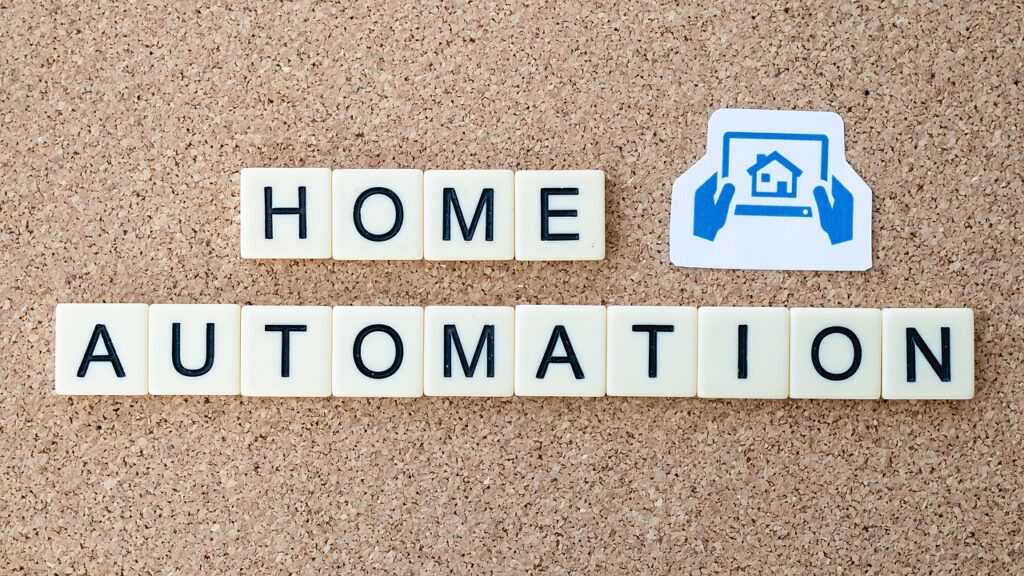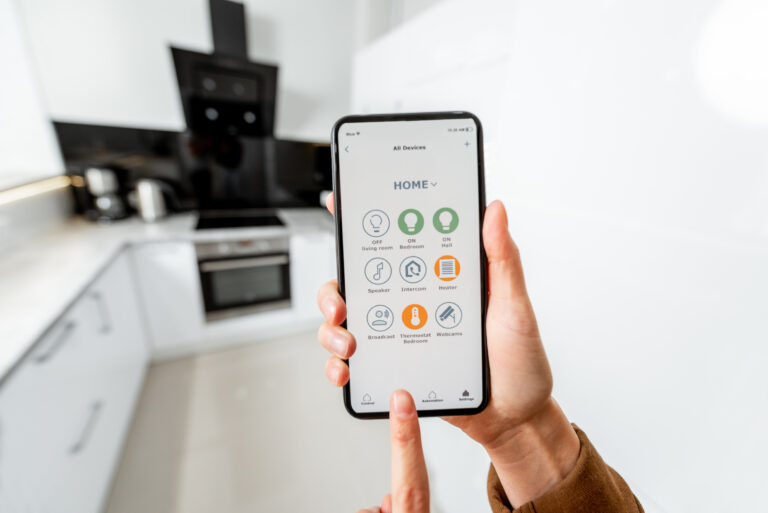The concept of home automation has revolutionized the way we interact with our living spaces. Home automation provides unparalleled convenience, security, and efficiency by integrating smart technology, wireless control, and connected devices. This blog will delve into the myriad benefits and applications of home automation, demonstrating how these automated solutions can enhance your daily life.
What is Home Automation?
Home automation refers to the use of smart technology to control and manage household functions and devices remotely. This includes everything from lighting and heating to security systems and appliances. By connecting these devices to a central hub, users can control them via a smartphone app, voice commands, or a computer.
Benefits of Home Automation

Convenience and Efficiency
One of the primary advantages of home automation is the convenience it offers. With wireless control, you can manage various aspects of your home from anywhere. This includes adjusting the thermostat, turning off lights, or even starting your coffee maker before you get out of bed. Automated solutions streamline everyday tasks, making your life easier and more efficient.
Enhanced Security
Home automation systems can significantly enhance your home’s security. Connected devices like smart locks, security cameras, and motion sensors can be monitored and controlled remotely. You can receive real-time alerts if any suspicious activity is detected, ensuring peace of mind whether you’re at home or away.
Energy Savings
Smart technology can help reduce your energy consumption and lower utility bills. Automated home lighting systems can turn off lights when rooms are unoccupied, and smart thermostats can optimize heating and cooling based on your schedule and preferences. By using these automated solutions, you can create a more energy-efficient home.

Remote Monitoring
Remote monitoring is a critical feature of home automation systems. It allows you to keep an eye on your home from anywhere in the world. Whether you’re at work or on vacation, you can check on your home through your smartphone. This capability is particularly useful for monitoring security cameras, checking on pets, or ensuring that appliances are turned off.
Customization and Flexibility
Home automation systems offer a high degree of customization and flexibility. You can tailor your system to meet your specific needs and preferences. This includes setting schedules for lighting and heating, creating scenes that adjust multiple devices simultaneously, and integrating new devices as your needs evolve.
Key Components of Home Automation
Smart Lighting
Home lighting is a fundamental aspect of home automation. Smart lighting systems allow you to control your lights remotely, set schedules, and even change colors. You can use wireless control to turn lights on or off from your smartphone, ensuring your home is well-lit when you arrive or conserving energy when you leave.
Smart Thermostats
Smart thermostats are another crucial component of home automation. They learn your schedule and preferences, adjusting the temperature automatically to maximize comfort and efficiency. You can control your thermostat remotely, ensuring your home is always at the perfect temperature.
Security Systems
Automated security systems integrate smart locks, cameras, and sensors to provide comprehensive home security. You can monitor your home in real-time, receive alerts, and control security devices remotely. This integration enhances both the safety and convenience of your home.
Smart Appliances
Smart appliances, such as refrigerators, ovens, and washing machines, can be controlled and monitored via your home automation system. These appliances offer features like remote start, notifications when a cycle is complete, and energy usage reports, making household chores more manageable and efficient.
Voice Assistants
Voice assistants like Amazon Alexa, Google Assistant, and Apple Siri are integral to home automation. They allow you to control your smart devices using voice commands, adding another layer of convenience. You can ask your assistant to turn off the lights, play music, or provide weather updates, all without lifting a finger.
Setting Up Your Home Automation System

Choose a Central Hub
The central hub is the brain of your home automation system. It connects and controls all your smart devices. Popular hubs include Amazon Echo, Google Nest Hub, and Apple HomePod. Choose a hub that is compatible with your existing devices and suits your preferences.
Select Compatible Devices
When building your home automation system, ensure that all devices are compatible with your central hub. This includes smart lights, thermostats, security systems, and appliances. Check for compatibility with your chosen hub and other devices to ensure seamless integration.
Install and Configure Devices
Once you have your hub and devices, follow the manufacturer’s instructions to install and configure them. This typically involves connecting devices to your Wi-Fi network, pairing them with your hub, and setting up any necessary apps or software.
Customize Your System
Take advantage of the customization options available with your home automation system. Set schedules, create scenes, and adjust settings to suit your lifestyle. Experiment with different configurations to find what works best for you.
Future Trends in Home Automation
The field of home automation is continually evolving, with new technologies and innovations emerging regularly. Future trends include the increased use of artificial intelligence (AI) to predict and respond to user needs, greater integration with renewable energy sources, and the development of more advanced security features. As these technologies advance, home automation will become even more intuitive, efficient, and integral to our daily lives.
FAQs
What is home automation?
Home automation is the use of smart technology to control and manage household functions and devices remotely, enhancing convenience, security, and efficiency.
How does wireless control work in home automation?
Wireless control allows you to manage various aspects of your home, such as lighting and thermostats, from your smartphone, voice commands, or a computer, providing convenience and flexibility.
Can home automation save energy?
Yes, smart technology like automated lighting and thermostats can reduce energy consumption by optimizing usage based on your schedule and preferences, leading to lower utility bills.
What are the benefits of remote monitoring?
Remote monitoring allows you to keep an eye on your home from anywhere, ensuring security and peace of mind. You can monitor security cameras, check on pets, and ensure appliances are off.
What devices can be integrated into a home automation system?
A wide range of devices can be integrated, including smart lights, thermostats, security systems, appliances, and voice assistants, creating a comprehensive and customizable system.
What are future trends in home automation?
Future trends include increased use of AI for predictive responses, integration with renewable energy, and more advanced security features, making home automation more intuitive and efficient.
Conclusion
Home automation offers a myriad of benefits, from enhanced convenience and security to energy savings and remote monitoring. You can transform your home into a modern, efficient, and safe haven by integrating smart technology and connected devices. As technology continues to evolve, the possibilities for home automation will expand, providing even more innovative and automated solutions for your home. Embrace the future of smart living and discover the transformative power of home automation today.




Leave a Comment